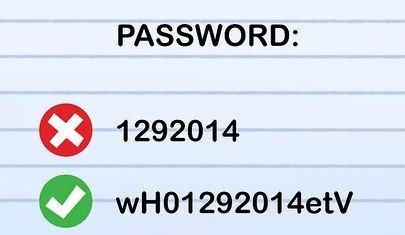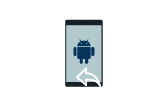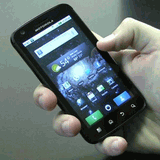Android Data Recovery
Tips to Secure Your Mobile Internet
-- Thursday, July 30, 2020
Mobile phones have changed the way we communicate, work, and share. Given all these functionalities, our mobile phones are vulnerable to online threats and security breaches. Also, the physical attacks can happen quite easily because of the portability of these devices.
When you are using the internet on your home Wi-Fi, you are a bit secured. Many internet providers these days take internet security quite seriously. For example, if you have Cox internet at your home, your connection will be secured by a security suite. This is true for many other providers as well.
Now, we all understand that the technology we have can make us vulnerable to a potential cyberattack and virus if we neglect the security. Sadly, no manual teaches us to secure our mobile phones. Conversely, the threats are evolving and the strategies are adjusted according to consumer habits.
Therefore, we came up with a comprehensive guide on all the tips to secure your mobile internet.
Keep your phone password protected at all times
Your phone password is the first line of defense. In a situation where your phone gets stolen, the thief could have complete access to your personal information. Therefore, you must have a lock on your phone to prevent this. It is entirely your discretion whether you use a pattern, fingerprint, face recognition, iris scanner, or a passcode.
All phones enable you to choose a time limit for which the phone can sit idle before locking itself. It is better to choose the shortest amount of time. This will protect your phone by locking it automatically when not in use. It saves a good amount of battery as well because the screen goes dark after the set time.
Set a Strong Password
Your password must be strong. Ideally, it should be a combination of upper case and lower case letters. A strong password will make it harder for any person to crack it. Your password should be different for each application. In case someone discovers the password for one app, he or she may not be able to get access to the rest.
This is true for all devices, be it personal or professional. The professional organizations are always at a greater risk. The entire company suffers when there are data breaches.

Keep the latest OS
Have you ever wondered why your mobile phone prompts you to update the OS once a while? Well, the developers keep on monitoring the OS. They find out the bugs and loopholes for security breaches. Once these bugs are found, they design an update to fix these bugs and improve the performance of the OS. Therefore, you must update your OS once a while. They improve the user experience. As consumers, we are always eager to install the updates later on but it's important to update them when you get a chance. Your Android and Apple devices can be saved from newly discovered threats. You can update your device by looking for “system updates” or “software update” in the settings.
Connect to a secure network
While shopping in a mall, we always look for public Wi-Fi to connect our cellphones. These public networks are not secure. The beauty of mobile phones is that we can connect them anywhere we like but it should not be at the cost of our security and privacy. Therefore, while connecting to a public hotspot, you must use a VPN.
Encrypt your Data
You have a lot of data on your smartphone. If it gets stolen, all your contacts, emails, financials, and private stuff can be at risk. The best way of protecting your data is by encrypting it. After encryption, the data is stored in an unreadable form so it cannot be accessed.

Many smartphones have encryption settings in the phone security menu. If you have an iOS device, go to the settings and click on “Touch ID & Passcode.” It will ask for your lock screen code. To check whether the data is encrypted, see whether the Data protection is enabled or not. If it is enabled, your data is encrypted. The process is the same for Android. Make sure your phone is 80% charged. You can manually encrypt your phone.
Install a VPN
VPN stands for Virtual Private Network. A VPN keeps you safe from the potential attack of hackers and spammers. You can turn it on while making payments online. It acts as a security barrier and replaces your IP address with the IP of the host server. As a result, your IP is masked and nobody can trace your location.
Get an Antivirus
The files you download on your mobile device might have malicious code. Once these files are in use, the code might send your data to the hackers. As a result, all your data is compromised and your information is leaked. Thereby, installing a reputable antivirus software will keep you secure. Many applications offer additional functions such as erasing all your data in case your mobile phone is stolen. These applications may even track your device, block all the unwanted callers, and notifying you about the unsafe applications on your phone. Moreover, they clear your browsing history and delete all the unwanted cache files or cookies.
Final Verdict
Some websites will automatically fill in your username and password when you visit them. Therefore, you must turn off the auto-filling option. You must log out of all the unnecessary applications that you barely use. Most importantly, always download applications and files from a trusted source. Securing your device might look like a difficult task but it saves you from the troubles of the future.






















